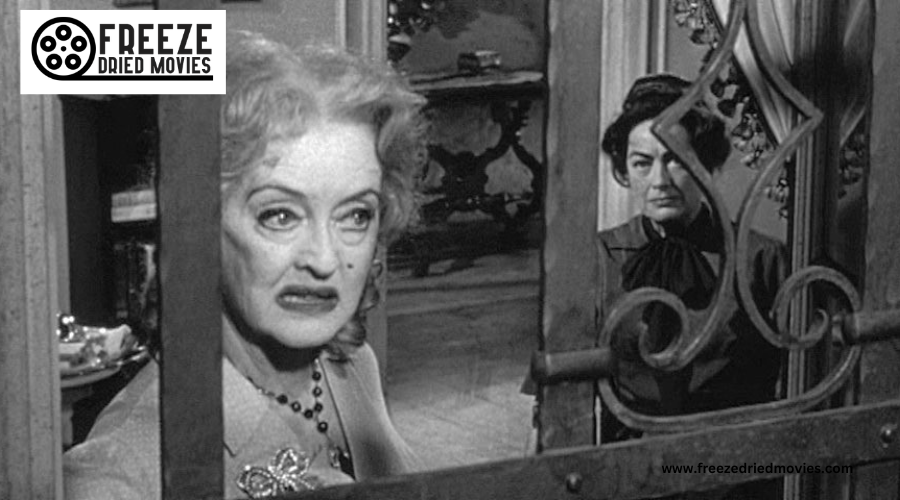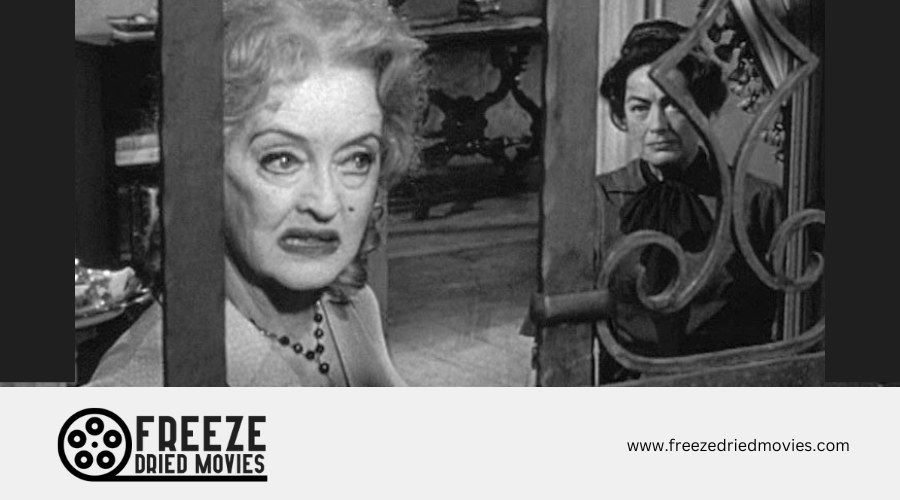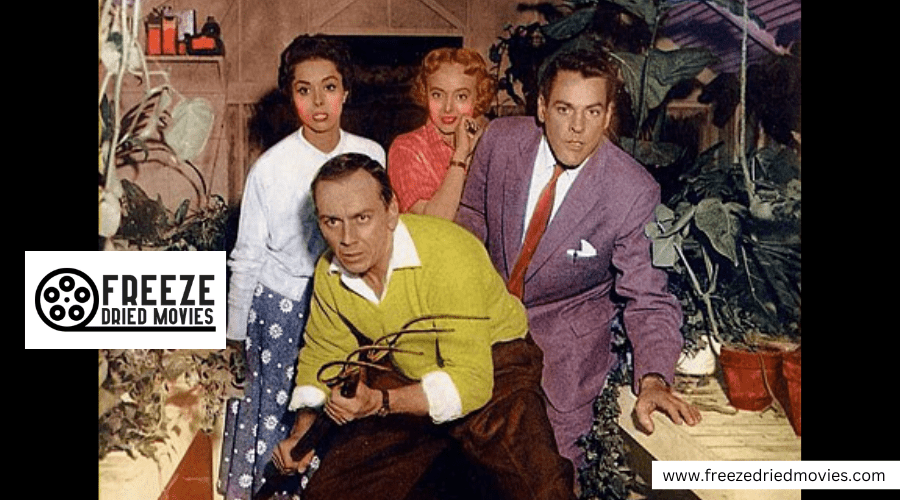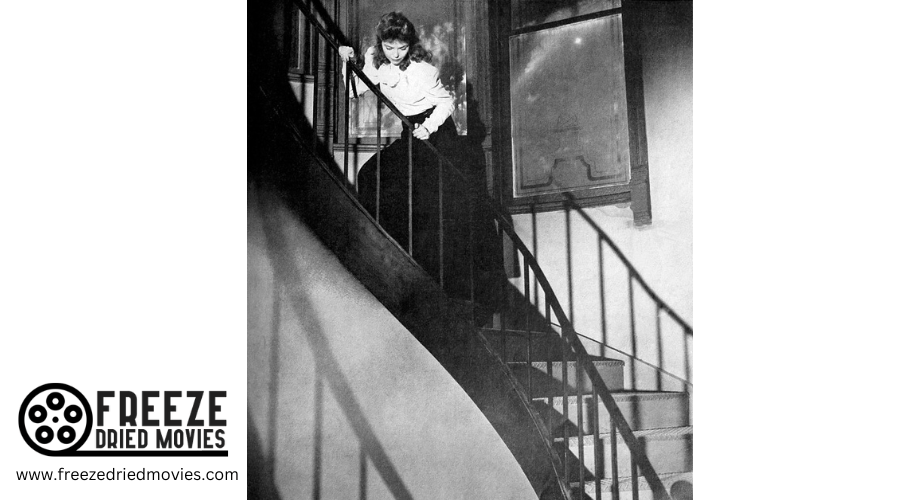60s Horror Movies: A Decade of Chilling Innovation and Iconic Frights
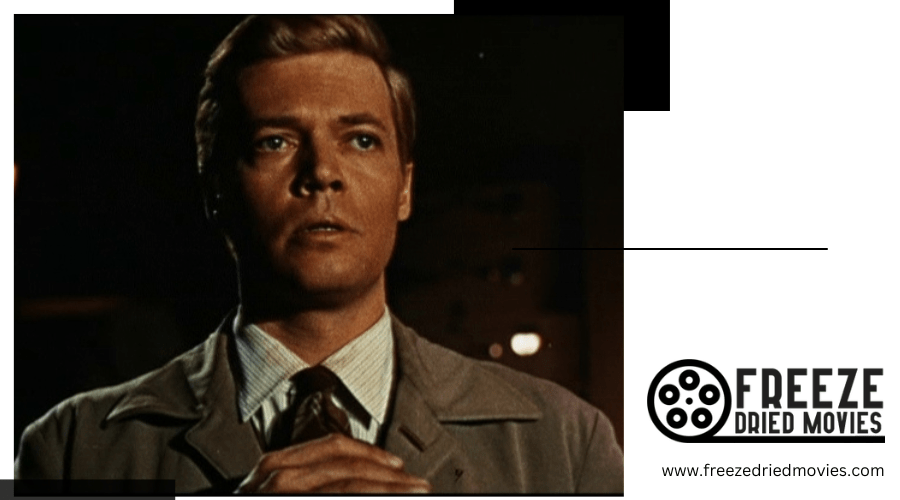
The 1960s marked a pivotal era for the horror genre, setting the stage for many influential films that would shape cinema for years to come. This decade saw a blend of creativity and experimentation that pushed boundaries and introduced audiences to bold new themes. Many works from this time would go on to inspire notable films in the horror and science fiction realms, connecting the past with the future of filmmaking.
Television also played a significant role in shaping 1960s horror, particularly through shows like The Twilight Zone, which captured the imagination of viewers with its unique take on supernatural stories. Additionally, the contributions of British film productions, especially Hammer Films, brought classic monsters to life in innovative ways. The films of this era stand out not just for their iconic status but for their distinctiveness, making them true representations of the strange and artistic spirit of the 1960s.
1960s Horror Movies
Peeping Tom (1960)
Peeping Tom made its debut in April 1960, a pivotal moment marking the shift in horror film narration. This psychological thriller follows Mark, a young man whose childhood was scarred by his father's harsh treatment. This trauma leads him to become a serial killer, showcasing his method of filming his victims at their last moments. The film shocked viewers, leading to its withdrawal from British cinemas shortly after release and adversely affecting Michael Powell’s career. Initially, it struggled for acceptance but has since been recognized as a groundbreaking entry in the slasher genre.
Psycho (1960)

Alfred Hitchcock’s Psycho premiered the same year as Peeping Tom, creating waves across America. The film tells the story of Marion Crane, played by Janet Leigh, who steals a large sum of money and checks into the eerie Bates Motel. There, she encounters Norman Bates, a troubled man dominated by his mother. Hitchcock’s expertly-crafted blend of horror and suspense culminated in the unforgettable shower scene, widely regarded as one of cinema's most iconic moments. This film would not only set the standard for horror but also reshape audience expectations for suspense.
The Little Shop of Horrors (1960)

Directed by Roger Corman, The Little Shop of Horrors is known for its low-budget charm and dark humor. This tale revolves around a struggling florist who keeps a mysterious plant that thrives on human flesh. The film features a young Jack Nicholson in a striking role as a masochistic dental patient. Though modest in production, this film later inspired a successful stage musical and a color remake, showcasing its lasting impact on popular culture within horror.
The Innocents (1961)
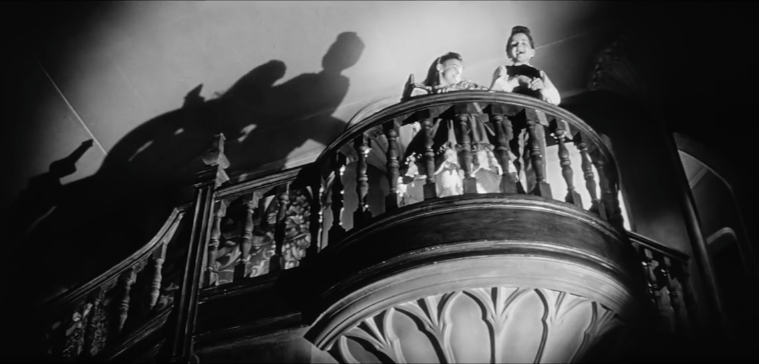
The Innocents, directed by Jack Clayton, is a psychological horror film based on Henry James’s novella The Turn of the Screw. The story unfolds as a governess, played by Deborah Kerr, begins to suspect that the estate where she cares for two children is haunted. The film’s chilling atmosphere and Kerr's powerful performance have led many to praise it as one of the finest horror films of its time, showcasing the psychological tension that defines the genre.
Carnival of Souls (1962)
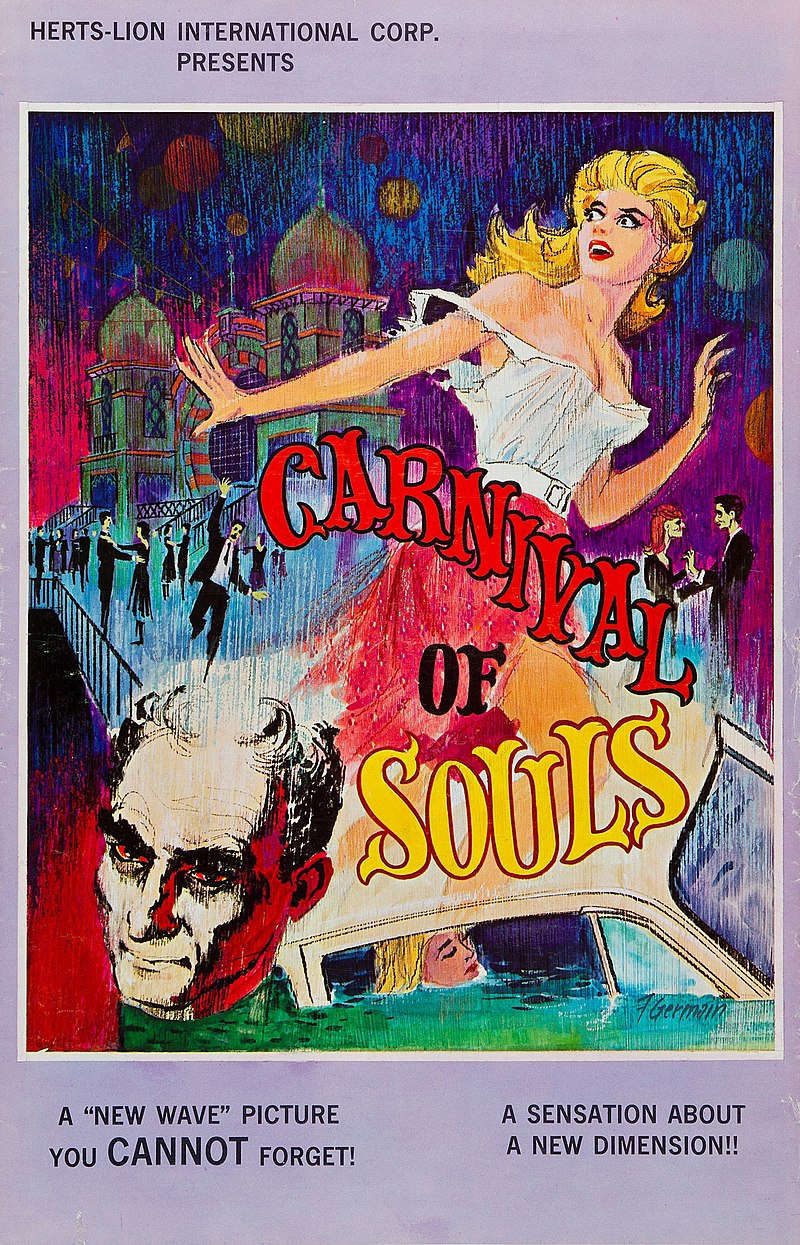
Carnival of Souls is a unique horror film filmed in just three weeks. It follows a young woman who survives a car accident that kills her friends. As she recovers, she becomes increasingly haunted by strange occurrences and apparitions. This black-and-white feature is celebrated for its eerie tone and surreal imagery, earning it a cult following over the years. Critics have noted its resemblance to later horror masterpieces, with a narrative that intertwines the mundane with the supernatural.
What Ever Happened To Baby Jane? (1962)

In What Ever Happened To Baby Jane?, director Robert Aldrich paints a disturbing portrait of sibling rivalry. The film centers on Jane, portrayed by Bette Davis, a former child star who now torments her disabled sister Blanche, played by Joan Crawford. Their strained relationship and Jane’s descent into madness create a tense atmosphere, making it a notable entry in the horror genre. The film was groundbreaking, paving the way for similar themes in "hag horror," focusing on complex female characters.
The Birds (1963)
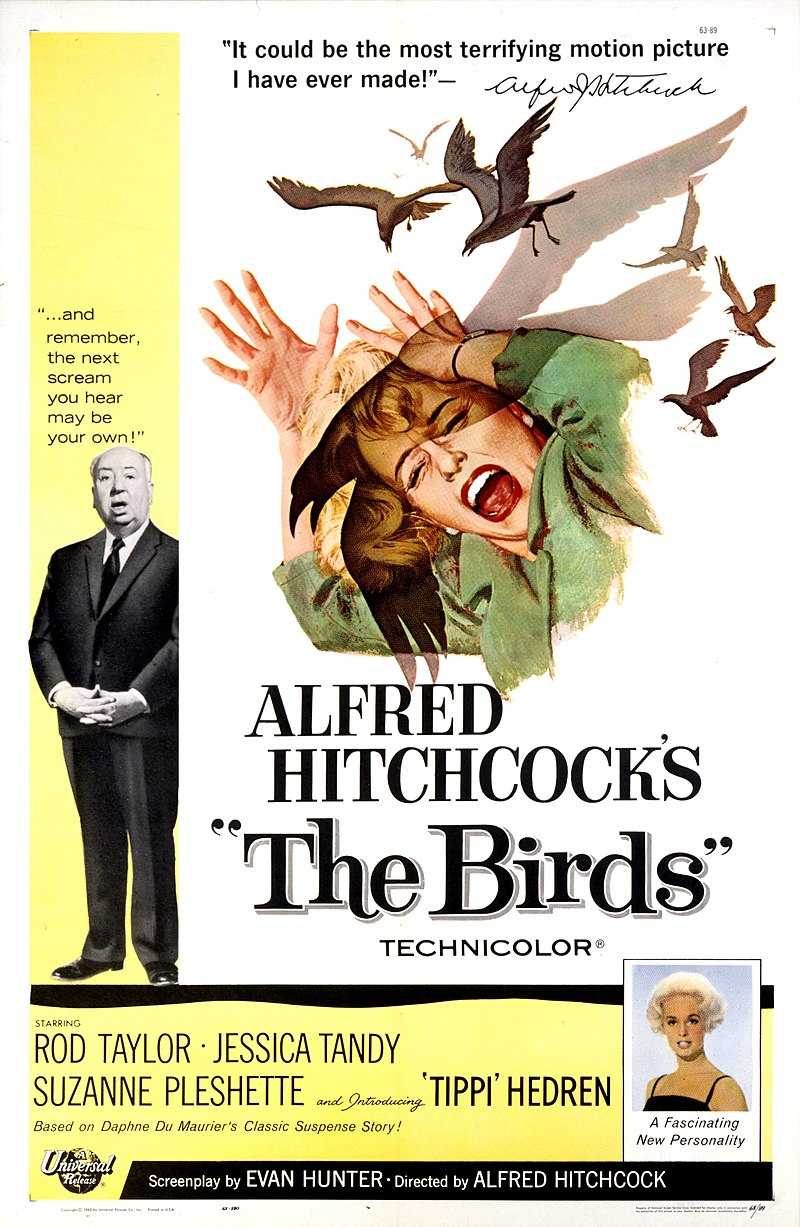
Alfred Hitchcock’s The Birds represents a stark warning about nature's unexpected fury against humanity. The film stars Tippi Hedren as Melanie Daniels, whose visits to Bodega Bay are met with aggressive attacks from flocks of birds for no discernible reason. This film became iconic for its lack of musical score, relying instead on the unsettling sounds of the birds. Its inspiration drew from real events, adding an unsettling layer to its narrative and solidifying its place in horror history.
Blood Feast (1963)
Blood Feast is considered one of the first splatter films, pushing the boundaries of graphic content. It tells the story of a disturbed caterer, Fuad Ramses, who sacrifices people in a ritualistic attempt to resurrect an ancient goddess. The film features shockingly violent imagery, which remains controversial today. Directed by Herschell Gordon Lewis, its audacious approach to horror has influenced numerous filmmakers and established the splatter genre as a legitimate subcategory within horror.
Black Sabbath (1963)
In Black Sabbath, the legendary Boris Karloff serves as the narrator for three horror tales woven together by director Mario Bava. Each segment explores themes of fear and supernatural terror. The film is notable not only for its eerie storytelling but also for Karloff's memorable performance. Interestingly, the film inspired the naming of the famous rock band, which transitioned from "Earth" to "Black Sabbath" after realizing the commercial potential of horror-themed branding.
The Haunting (1963)
The Haunting, directed by Robert Wise, adapts Shirley Jackson’s novel The Haunting of Hill House. This film centers on a paranormal investigation of a reportedly cursed mansion. As the story unfolds, it explores psychological fear alongside supernatural elements. The haunting atmosphere and innovative effects solidify its reputation as a quintessential horror film. Martin Scorsese has cited it as his favorite horror movie, underscoring its vital impact in the genre.
The Horror of Party Beach (1964)
The Horror of Party Beach takes a lighter and more campy approach to horror. A group of teenagers faces terror from a mysterious creature emerging from the ocean. The film combines elements of horror and teen beach movies typical of the era, resulting in a unique blend that provides both frights and kitsch. This film’s playful tone contributes to its status as a notable, albeit unconventional, entry in 1960s horror cinema.
Onibaba (1964)
Onibaba is a Japanese horror film that explores themes of survival and morality during wartime. The story unfolds in a post-apocalyptic setting, where two women live by preying on lost soldiers. Their lives take a turn when a mysterious figure arrives, bringing with him secrets that threaten their existence. The film is revered for its striking imagery and haunting themes, showcasing the darker side of human nature in a compelling narrative.
The Incredibly Strange Creatures Who Stopped Living and Became Mixed-Up Zombies (1964)
This title is infamous for its length and absurd premise. The film is a mix of horror, musical, and science fiction, exploring the bizarre transformations of characters due to a supernatural force. Often considered a cult classic, it’s known for its campy style and has garnered an audience that appreciates its offbeat charm.
Repulsion (1965)
Repulsion, directed by Roman Polanski, delves into the psyche of its protagonist, Carol, portrayed by Catherine Deneuve. The film follows her descent into madness, marked by a growing fear of intimacy and betrayal. The claustrophobic setting and unsettling visuals contribute to an atmosphere of dread. This film is renowned for its psychological depth and is a vital piece in the horror film landscape of the 1960s.
Dracula: Prince of Darkness (1966)
In Dracula: Prince of Darkness, Christopher Lee returns as the infamous vampire, continuing his legacy of the character from earlier Hammer Horror films. Set in a remote castle, the film follows a group that unwittingly resurrects Dracula, who seeks revenge and blood. The film is characterized by its gothic atmosphere, lavish sets, and strong performances that solidified its place in horror history.
Quatermass and the Pitt (1967)
This British science fiction horror film is based on the television series by Nigel Kneale. It revolves around an archaeological dig that uncovers ancient aliens, resulting in terrifying consequences for a London neighborhood. The film combines science fiction elements with horror themes, contributing to the evolution of both genres and is often credited with influencing future science fiction horror narratives.
Hillbillys in a Haunted House (1967)
Hillbillys in a Haunted House offers a comedic take on the horror genre. This film combines traditional horror elements with humor, featuring rural characters who confront supernatural happenings. The film plays with tropes common in both comedy and horror, providing a unique perspective on the genre that was characteristic of mixed-genre films in the 1960s.
Taste of Blood (1967)
This film dives into the horror of vampirism and the quest for immortality. It features traditional themes of transformation and sacrifice tied to the vampire mythos. With an emphasis on the psychological aspects of fear and desire, it presents a compelling narrative that adds depth to the conventional horror tropes of the time.
Spider-Baby (1967)
Spider-Baby is a cult classic that mixes horror and black comedy. Centered on a family of eccentric cannibals, the film explores themes of madness and the grotesque in a quirky yet chilling manner. Its campy style and offbeat humor have made it a favorite among genre enthusiasts, showcasing the creative experimentation in 1960s horror cinema.
Night of the Living Dead (1968)

George A. Romero's Night of the Living Dead is a revolutionary film that redefined the zombie genre. By introducing a group of humans trapped in a farmhouse during a zombie apocalypse, it blends horror with social commentary. The film’s stark visuals and shocking portrayal of violence had a profound impact on the horror genre, influencing countless films that followed. Its legacy endures, marking it as a significant milestone in horror history.
Rosemary’s Baby (1968)

Rosemary’s Baby, directed by Roman Polanski, is a notable psychological horror film. It tells the story of Rosemary, a young woman who becomes pregnant under mysterious circumstances and fears for the safety of her child. The film’s slow-building tension and exploration of paranoia resonate deeply with audiences, making it one of the most revered horror films of its time. Its themes of trust and betrayal amplify the horror, ensuring its status as a classic.
The Devil Rides Out (1968)
This film is based on Dennis Wheatley's 1934 novel, focusing on black magic and the occult. It follows a secret society attempting to summon a demon, leading to a battle of wits between good and evil. Its supernatural elements and dramatic tension encapsulate the anxieties of the era regarding witchcraft, marking it as a memorable entry in horror cinema.
Satan’s Sadists (1969)
Satan’s Sadists explores the theme of a crazed motorcycle gang and their violent ways. As they terrorize a small town, the film delves into the fear and moral decay associated with counterculture movements of the time. The film is notorious for its portrayal of rebellion and chaos, echoing the sentiments of a generation caught between societal change and moral confusion.
This exploration of 1960s horror movies highlights a transformational era in the genre, showcasing diverse styles, innovative narratives, and complex themes that still resonate today.
Additional Horror Films from the 1960s
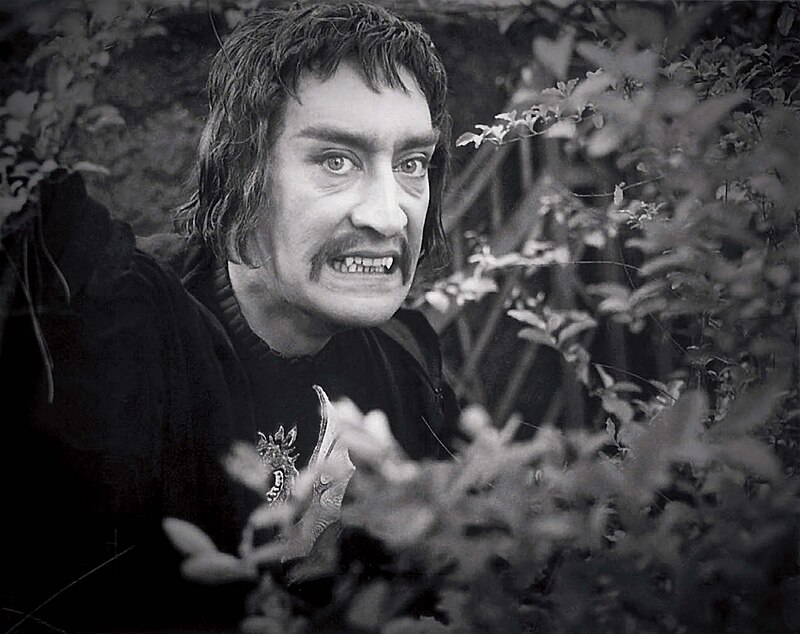
The 1960s produced a variety of notable horror films, showcasing unique storytelling and innovative styles.
- Black Sunday (1960) marked Mario Bava's rise as a talented director in the horror genre. The film tells the story of a witch returning to take over the body of her descendant, highlighting Bava's flair for the macabre.
- A campy favorite, 13 Ghosts (1960) introduces audiences to a haunted house filled with quirky spirits. This film established itself within the haunted house category, enjoyable for its playful take on fear.
- Eyes Without a Face (1960) takes a darker turn. This French film follows a surgeon who tries to restore his daughter’s disfigured face but faces morally troubling consequences along the way.
- The Brainiac (1961) features a peculiar transformation. In this Mexican horror film, a man becomes a giant head with a long tongue that extracts brains from victims.
- In The Curse of the Crying Woman (1961), a woman discovers that the mansion she inherited is haunted by relentless demonic entities, creating a tense and eerie atmosphere.
- Blood and Black Lace (1964) is another masterpiece by Mario Bava. It dives into the world of fashion models being murdered in Rome, blending giallo and slasher elements.
- Vincent Price stars in The Masque of the Red Death (1964), a colorful adaptation of an Edgar Allan Poe tale that combines horror with rich visuals and drama.
- Herschell Gordon Lewis directed Two Thousand Maniacs! (1964), a cult classic about the undead of a Confederate town seeking vengeance on unsuspecting travelers.
- The film The Creeping Terror (1964) presents a puzzling mix of footage and dialogue, featuring a monster resembling a giant hairy carpet.
- The Diabolical Dr. Z (1966) showcases Jess Franco’s style, with a plot involving revenge through poison stored in a dancer's long fingernails.
- A unique blend of genres can be seen in Billy the Kid v. Dracula (1966) and The Astro-Zombies (1968), both of which challenged traditional notions of horror by crossing into other storytelling realms.
These films contributed significantly to the evolution of the horror genre during the 1960s, each bringing something new to the screen.

